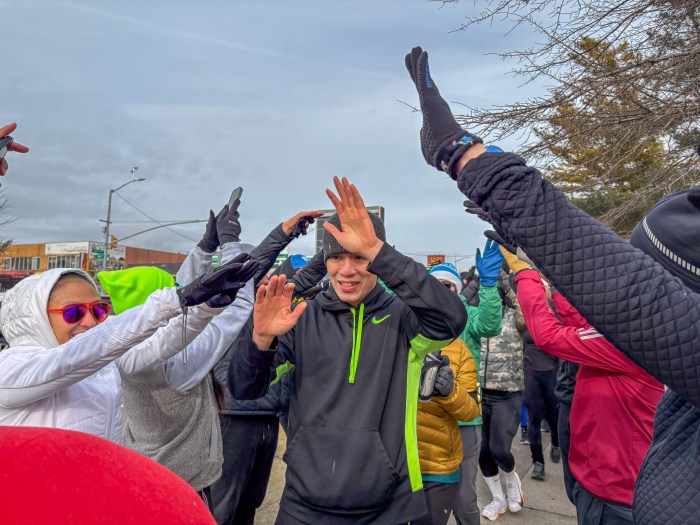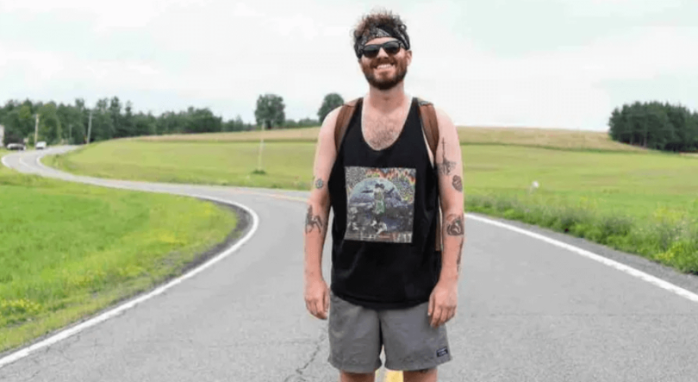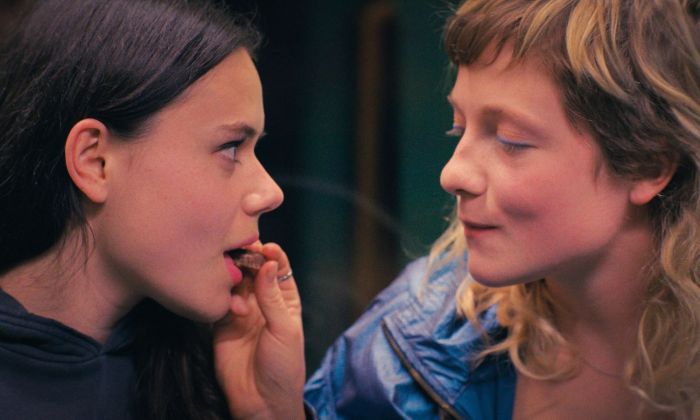The ad for HBO’s Martin Scorsese and Mick Jagger produced series “Vinyl,” which celebrates the Big Apple’s decadent past, uses the words “Crime. Drugs. Sex. Guns. Madness.”
Indeed, pop culture seems obsessed with 1970s New York City. “Serpico,” “Annie Hall,” gangs, the mob, and clubs like Paradise Garage and CBGB. Recent novels by Garth Risk Hallberg (“City On Fire”) and Sari Wilson (“Girl Through Glass”) wallow in ’70s New York nostalgia.
With the deaths of Lou Reed in 2013 and David Bowie last month, another wave of mourning for a lost New York City seems to have engulfed everyone. Dangerous and exhilarating are two words I’ve heard bandied frequently about the bad old days.
But how good were they, really?
If you were in the arts and famous, it was probably a lot of fun. Certainly, the club and entertainment culture seemed more vibrant.
But there was the downside. A city so bankrupt that Harlem couldn’t give its brownstones away. In fact, the bombed-out South Bronx looked much like parts of Europe after World War II.
When I first started to visit New York City in the 1980s as music journalist, it was still a dangerous place. The crack epidemic was in full swing and pimps and prostitutes ruled Eighth Avenue.
It’s all a far cry from the New York City of today, which The Economist rated as the 10th overall safest major city in the world. Much of it, of course, is due to the policing and gentrification.
I remember fraught block association meetings with the police when I first moved to Crown Heights 15 years ago, lamenting the fact that there were still five crack houses on our street.
Now, even the hipsters are having a hard time affording rent.
Still, I — like many others, by the way — long for a sense of the old New York City.
My only wish: That there would be a way to have the creativity, diversity and energy without the crime and dereliction.
Jeff Vasishta lives in Crown Heights.
































